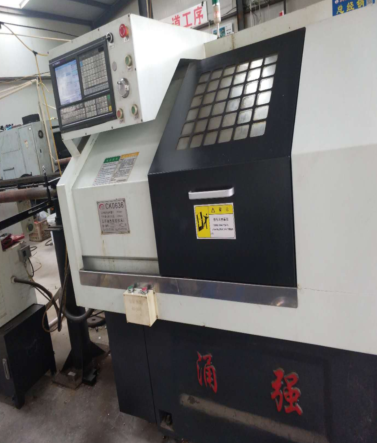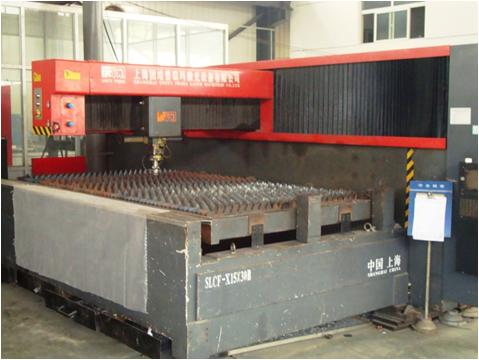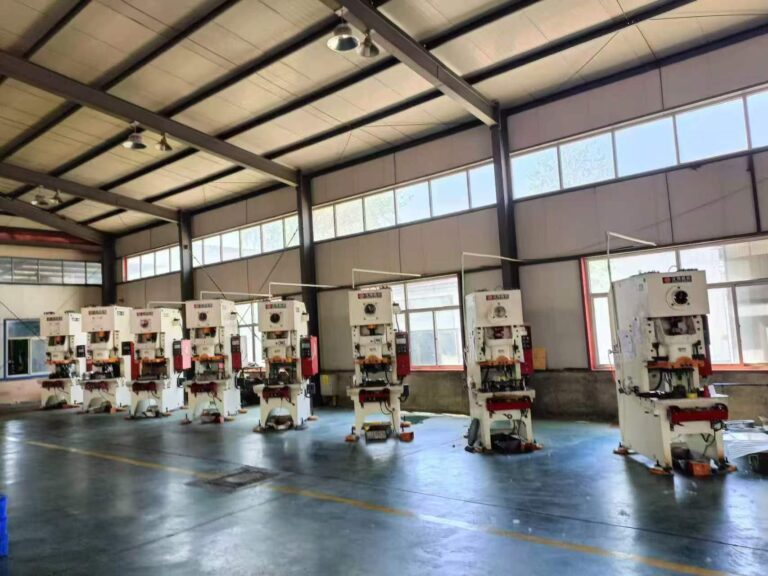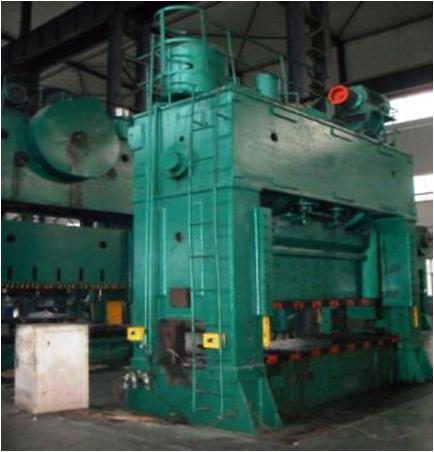Four common processes in stamping
Stamping is a kind of processing method that applies external force to the sheet material through a mold to produce plastic deformation or separation, so as to obtain the required shape and size of the workpiece. In actual production, there are many kinds of stamping processes, among which punching, bending, deep drawing and partial forming are the four most common basic processes, each of which bears a different processing mission and jointly constitutes the core link of the stamping process.

Punching
The stamping process (including punching, dropping, trimming, cutting, etc.) to separate the sheet material. This process is mainly through the edge of the mold on the plate material shear, so as to obtain a certain profile of the workpiece or blank. Punching is to punch out the holes of the required shape on the sheet material, the drop material is to separate the workpiece of the required shape from the sheet material, trimming is used to trim the edges of the workpiece so that it reaches the specified size, and cutting is to cut the formed workpiece or blank along a certain trajectory. Punching processing efficiency, can ensure the dimensional accuracy of the workpiece and the quality of the cut, widely used in a variety of metal and non-metallic sheet processing.
Bending
The stamping process of bending the sheet into a certain angle and shape along the bending line. Through the mold on the sheet to apply bending moment, so that the sheet to produce plastic deformation, so as to form a variety of V-shaped, U-shaped, Z-shaped bent parts. Bending process in the production of a very wide range of applications, such as automobile frame bending parts, electrical components of the bracket and so on. In the bending process, attention needs to be paid to controlling the bending radius and springback to ensure the dimensional accuracy and shape accuracy of the bent parts.
Deep drawing
the plane sheet into a variety of open hollow parts, or hollow parts of the shape, size for further changes in the stamping process. Deep drawing, sheet material in the role of the mold, through the convex die of the tensile force is pulled into the concave die, so as to form hollow parts. For example, automobile fuel tanks, cans, stainless steel cups, etc. are made through the deep drawing process. Deep-drawing process can create a complex shape of hollow parts, and high material utilization, suitable for mass production.
Local forming
with a variety of different nature of local deformation to change the shape of the blank or stamping stamping process (including flanging, expansion, leveling and shaping process, etc.). Flanging is to fold the edge of the workpiece along a certain curve into a vertical edge; Expansion is to produce local plastic deformation by applying local pressure to the blank or stamping part, so as to obtain the required shape, such as spherical surface, camber, etc.; Leveling is used to correct the flatness of the workpiece, and shaping is to carry out further precise processing of the shaped workpiece in order to improve the dimensional accuracy and shape accuracy. Local molding process can make the workpiece to obtain a more complex shape and higher precision, to meet the design requirements of different products.
In conclusion, the four common stamping processes of blanking, bending, deep drawing and partial forming have their own unique processing principles and application scenarios. They cooperate with each other and complement each other, and can complete a variety of workpiece processing from simple to complex, from plane to three-dimensional, providing efficient, accurate and low-cost production solutions for the manufacturing industry, and playing an irreplaceable role in the automotive, electronics, home appliances, aerospace and many other fields.



